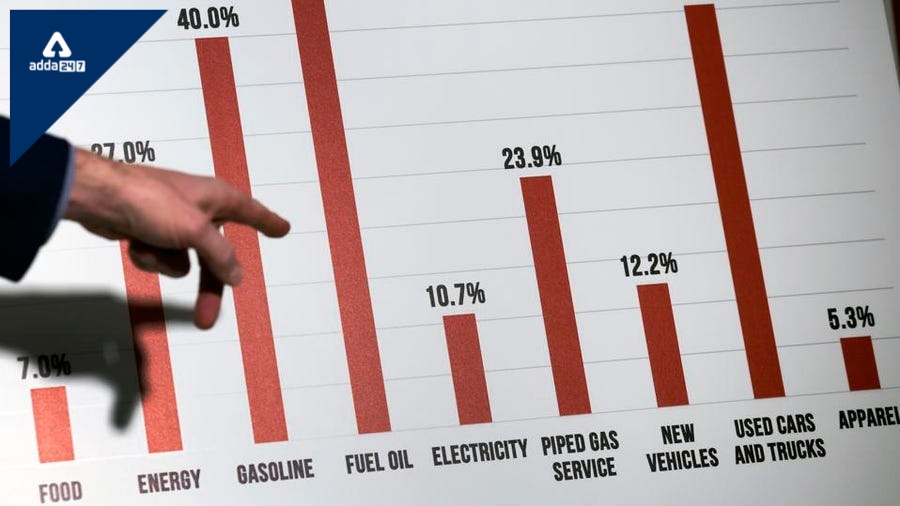The CPI Inflation has been rising since September last year and remained above upper tolerance band of the Reserve Bank of India (RBI) for straight six months starting from January this year.
Buy Prime Test Series for all Banking, SSC, Insurance & other exams
Through much of 2020-21 and 2021-22, the headline Consumer Price Index (CPI) inflation rate remained well above the 4% target of the Reserve Bank of India (RBI) and often even above the 6% upper limit of the tolerance band. Core inflation (excluding food and fuel) remained above or close to 6%. Non-food inflation was even higher, sometimes crossing 7%.
RBI’s Instance:
Despite these multiple indicators, and its single formal mandate of ensuring low inflation at 4% (+/- 2%), RBI maintained that high inflation was transitory and continued focusing on promoting growth, maintaining a low policy rate and high liquidity. It is understandable that under exceptional circumstances, like the steep decline in economic activity due to the covid pandemic, RBI had to temporarily depart from its mandate to contain economic contraction, and it did that remarkably effectively through 2020-21.
Food Inflation:
Food inflation, though currently in check, thanks to falling vegetable prices, can rise. Globally, there has been a secular rise in food prices. Mandi arrivals have been disrupted due to local lockdowns
What Causes Inflation In India:
The sharp rise in commodity prices across the world is a major reason behind the inflation spike in India. This is increasing the import cost for some of the crucial consumables, pushing inflation higher. Brent crude prices crossed $65 per barrel in May 2021, more than double of what it was a year ago. Price of vegetable oils, a major import item, shot up 57% to reach a decadal high in April 2021. Metals prices are near the highest in 10 years and international freight costs are escalating.
How much Inflation Can Rise:
CPI inflation was likely to moderate to 5% this fiscal from 6.2% last fiscal. This was based on lower food inflation benefitting from the high base of last year and assuming a normal monsoon. However, upside inflation risks are growing. On top of rising input prices, supply disruptions brought on by the second covid wave in rural India are adding to inflationary pressure. These are the major reasons behind such change in projections.




 Exploring Bondi Beach: Sun, Surf and Syd...
Exploring Bondi Beach: Sun, Surf and Syd...
 ISRO Projects Seven Launches Including U...
ISRO Projects Seven Launches Including U...







